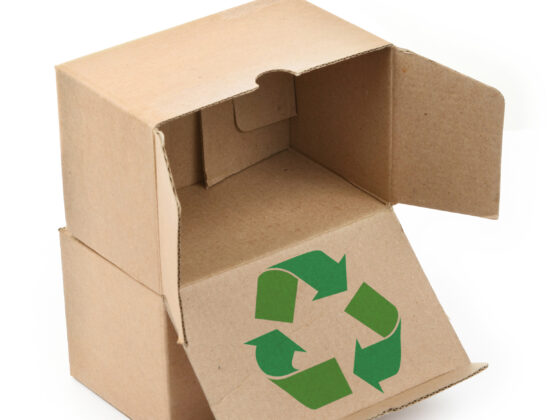Packaging and the Circular Economy
Packaging and the Circular Economy https://bloompack.com/wp-content/uploads/2023/02/The-importance-of-right-product-packaging-in-marketing.webp 1200 1200 BloomPack //bloompack.com/wp-content/uploads/2021/08/Bloompack-final-logo.pngIn recent years, the concept of the circular economy has gained significant attention as a sustainable approach to resource management. Packaging, being a critical component of many industries, plays a crucial role in the transition towards a circular economy. This blog explores the importance of packaging in the circular economy and provides insights into strategies and practices that can help close the loop, minimize waste, and promote a more sustainable packaging ecosystem.

Understanding the Circular Economy:
The linear economy follows a “take-make-dispose” model, where resources are extracted, used to create products, and eventually discarded as waste. In contrast, the circular economy aims to keep resources in use for as long as possible by promoting recycling, reuse, and regeneration. Packaging is a key area where circular economy principles can be applied to reduce waste and promote sustainability.
Designing for Recyclability:
One of the fundamental aspects of the circular economy is designing packaging with recyclability in mind. Packaging should be made from materials that are widely accepted in recycling systems, such as cardboard, glass, metal, and certain types of plastics. Designers should consider factors like material compatibility, ease of separation, and the use of non-toxic inks and adhesives to ensure packaging can be effectively recycled.
Implementing Extended Producer Responsibility (EPR):
Extended Producer Responsibility is a policy approach where manufacturers take responsibility for the entire lifecycle of their products, including their packaging. EPR encourages manufacturers to design packaging that is easier to recycle, establish take-back systems, and invest in recycling infrastructure. By implementing EPR, packaging producers contribute to closing the loop and reducing the environmental impact of their products.
Promoting Reusable Packaging Solutions:
Transitioning from single-use packaging to reusable alternatives is a powerful strategy in the circular economy. Businesses can explore innovative packaging models, such as refillable containers, bulk packaging, or returnable systems. These initiatives can significantly reduce packaging waste and encourage consumer behavior that supports sustainability.
Embracing Compostable and Biodegradable Materials:
In cases where single-use packaging is necessary, opting for compostable and biodegradable materials can contribute to the circular economy. These materials can break down naturally into compost, returning nutrients to the soil. However, it’s important to ensure that such packaging is certified as meeting relevant composting standards to avoid contamination and ensure effective recycling.
Educating and Engaging Consumers:
Closed-loop recycling systems involve collecting used packaging materials, processing them, and reintroducing them into new packaging products. Businesses can collaborate with recycling facilities and organizations to establish effective collection and recycling networks. By closing the loop, packaging waste is minimized, and valuable resources are conserved.
Educating and Engaging Consumers:
Closed-loop recycling systems involve collecting used packaging materials, processing them, and reintroducing them into new packaging products. Businesses can collaborate with recycling facilities and organizations to establish effective collection and recycling networks. By closing the loop, packaging waste is minimized, and valuable resources are conserved.
Collaboration across the Value Chain:
Closing the loop in packaging requires collaboration across the entire value chain, including manufacturers, suppliers, retailers, and consumers. By working together, stakeholders can share knowledge, resources, and best practices to develop innovative packaging solutions and improve recycling infrastructure. Collaboration fosters a collective effort towards a sustainable packaging ecosystem.
Conclusion
Packaging plays a vital role in the transition towards a circular economy. By adopting circular economy principles, such as designing for recyclability, promoting reuse, and implementing closed-loop recycling systems, businesses can reduce waste, conserve resources, and minimize their environmental impact. Embracing sustainable packaging practices is not only beneficial for the planet but can also lead to enhanced brand reputation and customer loyalty.



